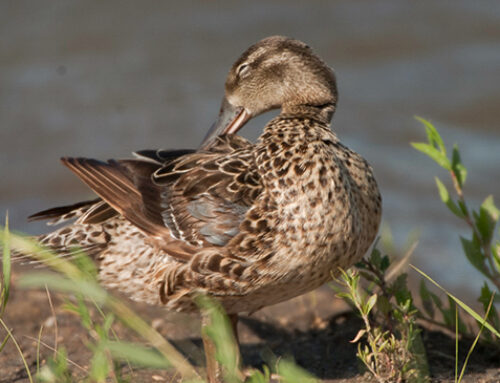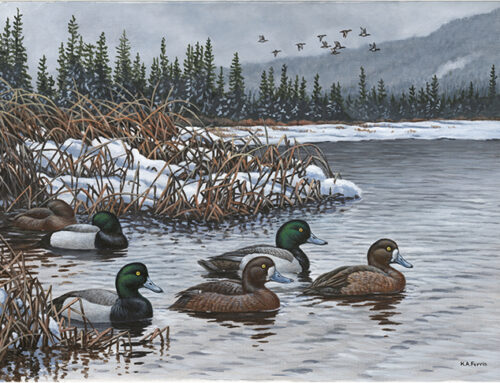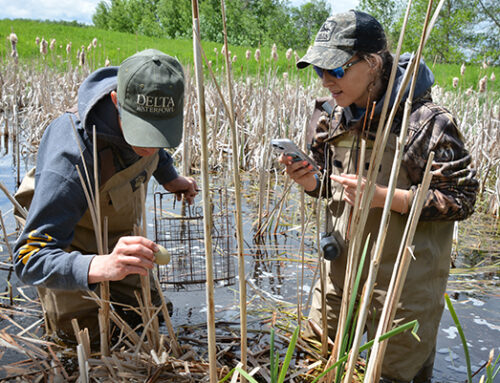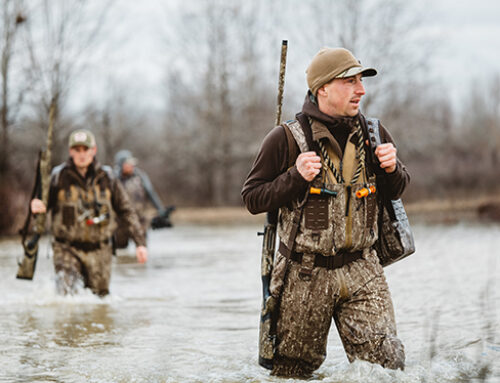North Dakota Survey: Ducks Up 18 Percent

Good news, waterfowlers: The North Dakota Game and Fish Department’s spring survey indicates a breeding population of 4 million ducks — an 18 percent increase over 2019 and 64 percent above the long-term average. The population estimate is the highest since 2014 and the 13th highest in the state survey’s history.
Conducted annually since 1948, North Dakota’s survey was adapted to overcome numerous challenges in a year when most waterfowl surveys — including the U.S. Fish and Wildlife Service’s Waterfowl Breeding Population and Habitat Survey — were cancelled due to COVID-19.
“Crews were turned into single person crews to make sure there was only one person in a vehicle, and we changed some of the route assignments to accommodate increased driving distances and workloads, but still maintained overlap with our fall wetland survey routes,” NDGF migratory game bird supervisor Mike Szymanski said in a press release. “It was definitely quite a bit more work, and we are grateful that our crew members were up for the challenge.”
North Dakota’s survey indicates stable to increasing numbers for most species, with the exception of redheads, down 12 percent from 2019 to 203,121, but remaining 72 percent above the long-term average. The mallard estimate of 872,982 is essentially unchanged from last year, remaining 84 percent above the long-term average and representing the 18th highest count on record. Gadwalls climbed 6 percent to 440,379, putting them 43 percent above the long-term average. Green-winged teal increased 66 percent to a record high of 68,845, 249 percent above the long-term average, and blue-winged teal are up 58 percent to 1.1 million, 59 percent above the long-term average. Bluebills (lesser scaup) also made a significant jump — up 40 percent to 275,190, 85 percent above the long-term average. Canvasbacks increased 22 percent to 62,207, 54 percent above the long-term average.
With the exception of pintails — down 2 percent from last year to 239,724 and 5 percent below the long-term average — all key species are well-above their 72-year averages.
That is promising news for waterfowlers across the Central and Mississippi flyways, given the increasing importance of North Dakota’s duck production to hunter success. In recent years, strong production in the state has helped offset a lack of production in drier portions of the Canadian prairie.
“Conditions that we have seen since 1994 seem to be the new normal with more precipitation and higher duck numbers,” Szymanski said. “When you start getting around the 4 million range, you are talking about very, very good duck numbers.”
Those favorable conditions were reflected in North Dakota’s spring wetland index of 1.061 million — the highest total since 2014, a whopping 65 percent increase over 2019 and the sixth highest on record. The index marked the second year in a row that the number of temporary and seasonal wetlands — those most critical to fueling duck production — was substantially higher than the previous year.
“We had an unusually large amount of rain last fall, but have really been drying up since, especially in the western half of the state,” Szymanski said. “The eastern half of North Dakota is still incredibly wet, and wetland numbers in the western half of the state are still in pretty good shape despite some drying.”
Look for further analysis from Delta Waterfowl later this summer, along with the annual “Fall Flight Forecast” in the Fall 2020 Issue of Delta Waterfowl magazine.






Leave A Comment